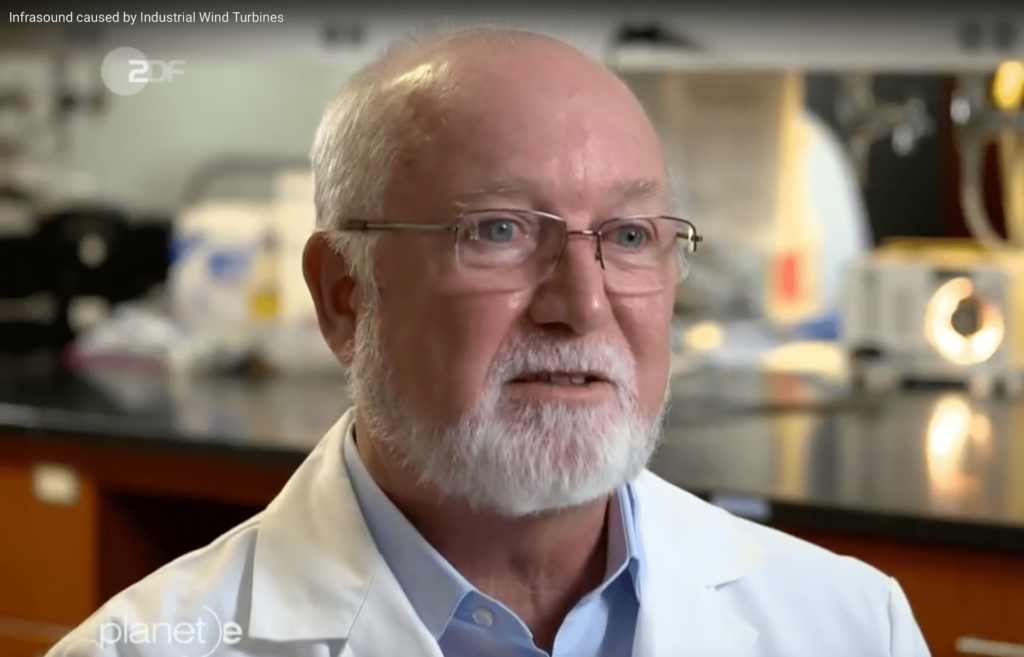If you wake up one morning with sudden deafness, experience dizziness as a result of Meniere’s disease, or if you have cochlear implant surgery, your doctor may choose to treat your ear with a locally applied drug. One limitation of this new approach is that most of the drugs in use have been repurposed from formulations intended to be given intravenously. Drugs designed for intravenous use are not necessarily suitable for use in the ear.
The laboratory of Dr. Alec Salt studies how different drugs distribute in the ear after they are given locally. The most widely used drug, dexamethasone-phosphate, has characteristics that severely limit how fast it enters the inner ear. The small amount entering is converted to dexamethasone but this form rapidly leaks out. As a result, only a limited portion of the ear is briefly treated.
The research conducted in the Salt lab has revealed what drug properties are required to treat the ear more effectively. Measurements in animals found that a related drug, triamcinolone, was better retained in the ear. Computer simulations show that triamcinolone will distribute more uniformly along the human ear, allowing the entire inner ear to be treated. We now need to see whether triamcinolone gives better results in the clinic. The advances made in this work will hopefully provide doctors with more effective therapies to treat inner ear disorders. If the day ever comes that you need it, whether the drug works or not could turn out to be important.
